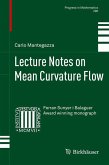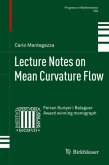Debris flows are the most common mass movements within alpine mountainous catchments and main responsible process for sediment delivery from headwaters to streams. Often the delivered unsorted material accumulates as debris-flow lobes on the large debris-flow fans occurring at the outlet of secondary valleys or where the slope becomes less steep. These mass-wasting events are remarkable hazardous process concerning infrastructure and people, especially if villages are located on such fans. Therefore monitoring and analysis of the debris-flow activity is essential in order to mitigate the risk. This study presents the results of a multi-temporal analysis of the debris flow activity and the evolution of the colluvial sediment sources over the last 70 years. Two high-altitude watersheds, close to each other in the Venosta valley (Eastern Italian Alps), were geomorphologically characterized and the transport regimes were identified. The larger basin is Cengles Creek (10.7 km2) and the smaller watershed is Plaies Creek (3.6 km2).
Bitte wählen Sie Ihr Anliegen aus.
Rechnungen
Retourenschein anfordern
Bestellstatus
Storno








